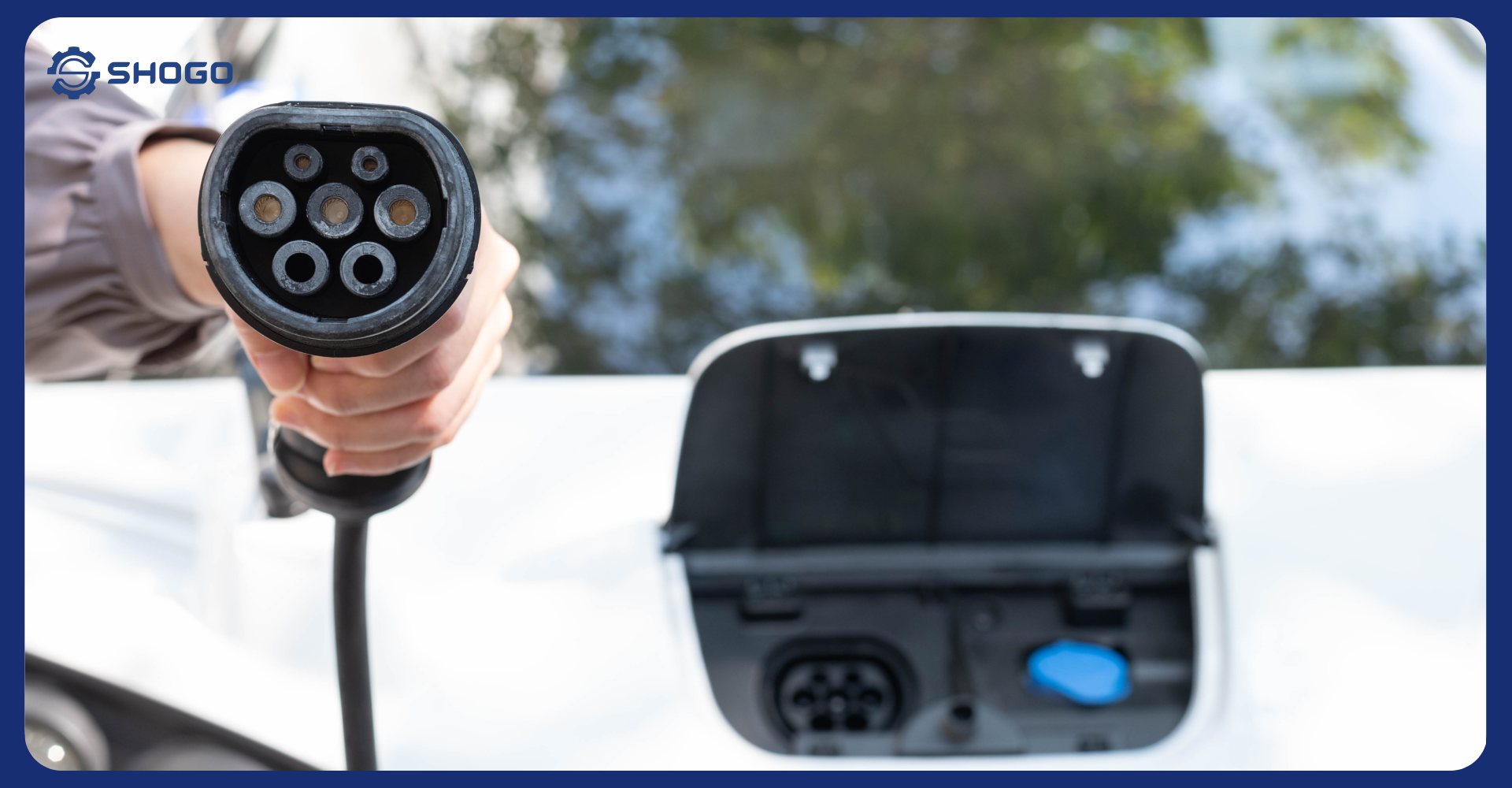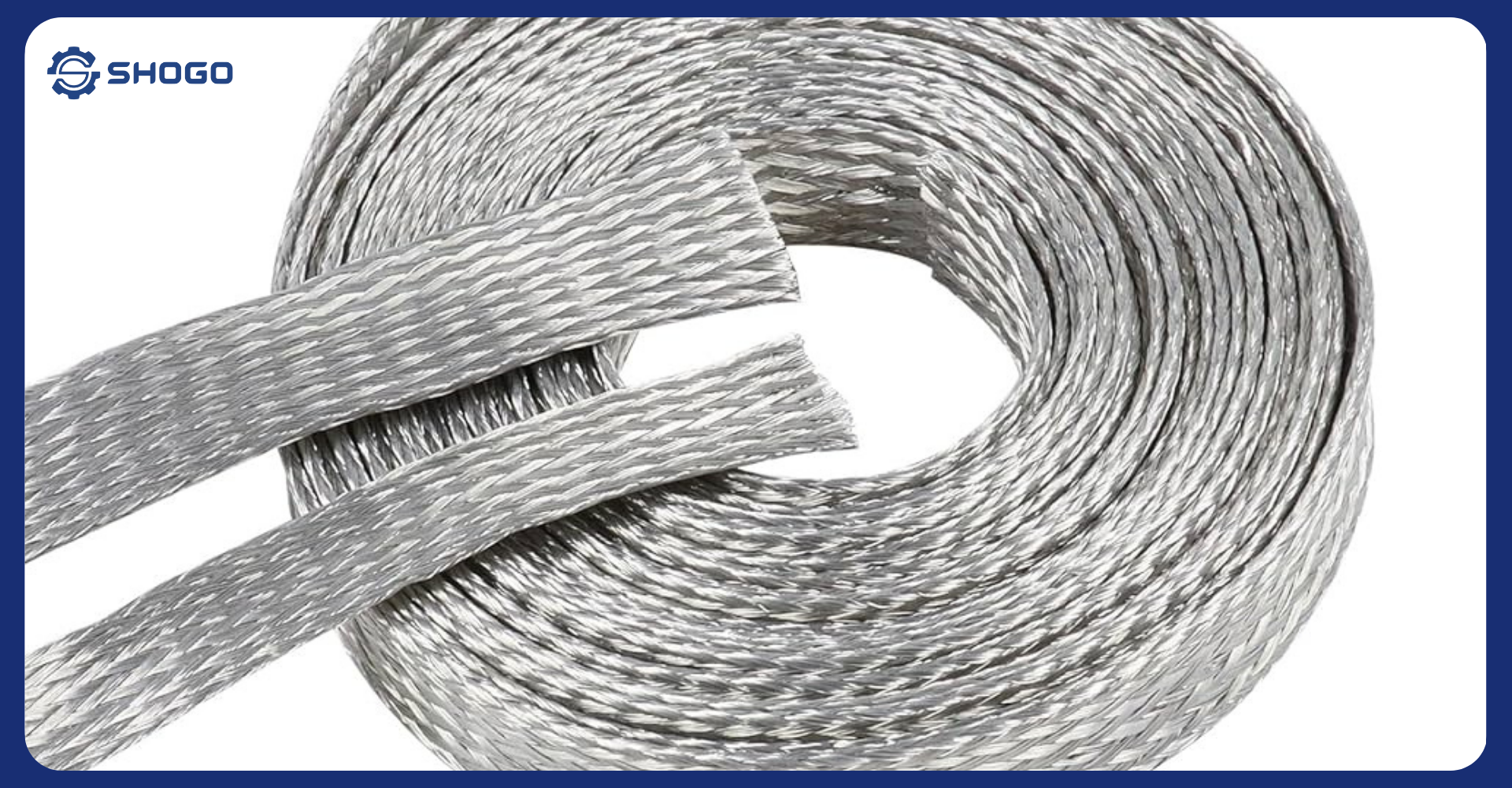
1. What Are HV Cables for Electric Vehicles?

HV (High Voltage) cables are the primary high-voltage electrical conductors in the power transmission system of electric vehicles. They connect the battery to key components such as the motor, charger, and converter. HV cables operate at voltage levels ranging from 300V to 800V or higher, ensuring a stable energy supply for electric vehicles.
Examples:
- Tesla Model 3 uses an HV cable system to connect its lithium-ion battery to the motor, providing powerful performance and optimized efficiency.
- Nissan Leaf employs HV cables with high heat resistance to ensure safety during fast charging.
2. Why Is It Important to Meet Safety Standards?
HV cables operate at high voltage, which can lead to serious risks if safety standards are not followed:
- Fire and explosion hazards due to overloading or short circuits.
- Severe electric shock risks, which can be life-threatening if cables are exposed or have poor insulation.
- Decreased vehicle performance, reducing battery life and drivetrain efficiency.
- Electrical leakage, which can affect vehicle control systems and damage components.
3. Safety Standards to Follow When Using HV Cables
3.1. Technical Standards
- ISO 19642: Specifies durability, insulation, and safety requirements for HV cables in electric vehicles.
- UL 758 & UL 62: Ensure cable resistance to mechanical stress, heat, and fire.
- SAE J1654 & SAE J1673: High-voltage wire standards in automotive applications to guarantee efficiency and safety.
3.2. Cable Materials
- Insulation layer: Must be heat-resistant, abrasion-resistant, and shockproof.
- Outer sheath: Fire-resistant, waterproof, and chemical-resistant.
- Internal conductor: Typically made of copper or aluminum with high conductivity to minimize energy loss.
3.3. Color Coding for Identification
- Orange: International standard color for HV cables in electric vehicles.
- Black or red: Common electrical wiring, not used for HV applications.
3.4. Regular Inspection and Maintenance
- Monthly inspection: Check for cracks, scratches, or deformations.
- Replacement when necessary: If the cable is damaged or over five years old.
- Work with professionals: Only trained engineers should install and maintain HV cables.
Examples:
- BMW i3 features an HV cable monitoring system that detects faults as soon as they arise.
- Porsche Taycan uses an HV cable system with high water resistance to operate efficiently in all weather conditions.
4. Applications of HV Cables in Electric Vehicles
4.1. Motor and Drivetrain System
HV cables connect the battery to the electric motor, delivering strong power to ensure smooth operation. If HV cables fail to meet standards, vehicle performance can be severely impacted.
4.2. Fast Charging System
HV cables play a crucial role in fast-charging systems, allowing electric vehicles to recharge in minutes instead of hours. Models like Hyundai Ioniq 5 and Kia EV6 use HV cables designed to handle high current loads, supporting 800V fast charging.
4.3. Heating and Air Conditioning System
Many electric vehicles use electric heating systems that require high-quality HV cables to supply power to compressors and heating elements.
5. How to Choose the Right HV Cable for an Electric Vehicle
- Select cables with international certifications such as UL and ISO to ensure safety.
- Check insulation materials for fire resistance and heat tolerance.
- Ensure high cable flexibility for easy installation and maintenance.
- Choose reputable suppliers to avoid low-quality cables that pose safety risks.
6. Conclusion
Adhering to safety standards when using HV cables is crucial to ensuring the performance, durability, and safety of electric vehicles. Leading automakers like Tesla, BMW, Nissan, and Hyundai use high-quality HV cables to optimize efficiency and protect users. Regular inspection and maintenance are essential to keeping HV cable systems safe and reliable.


